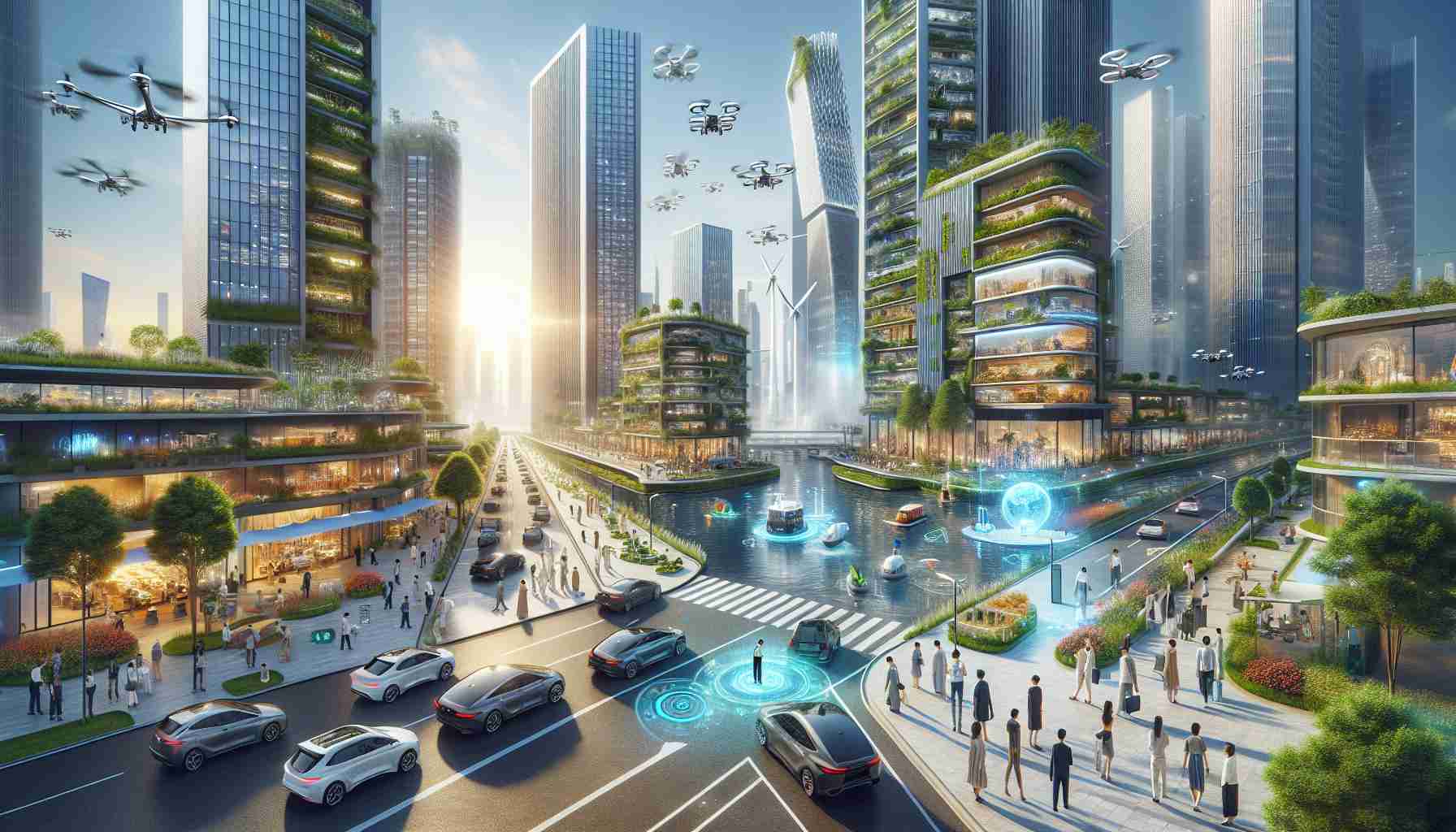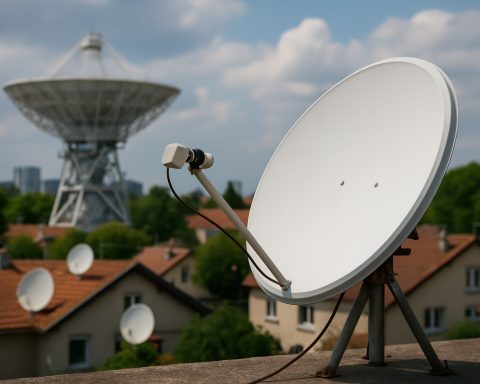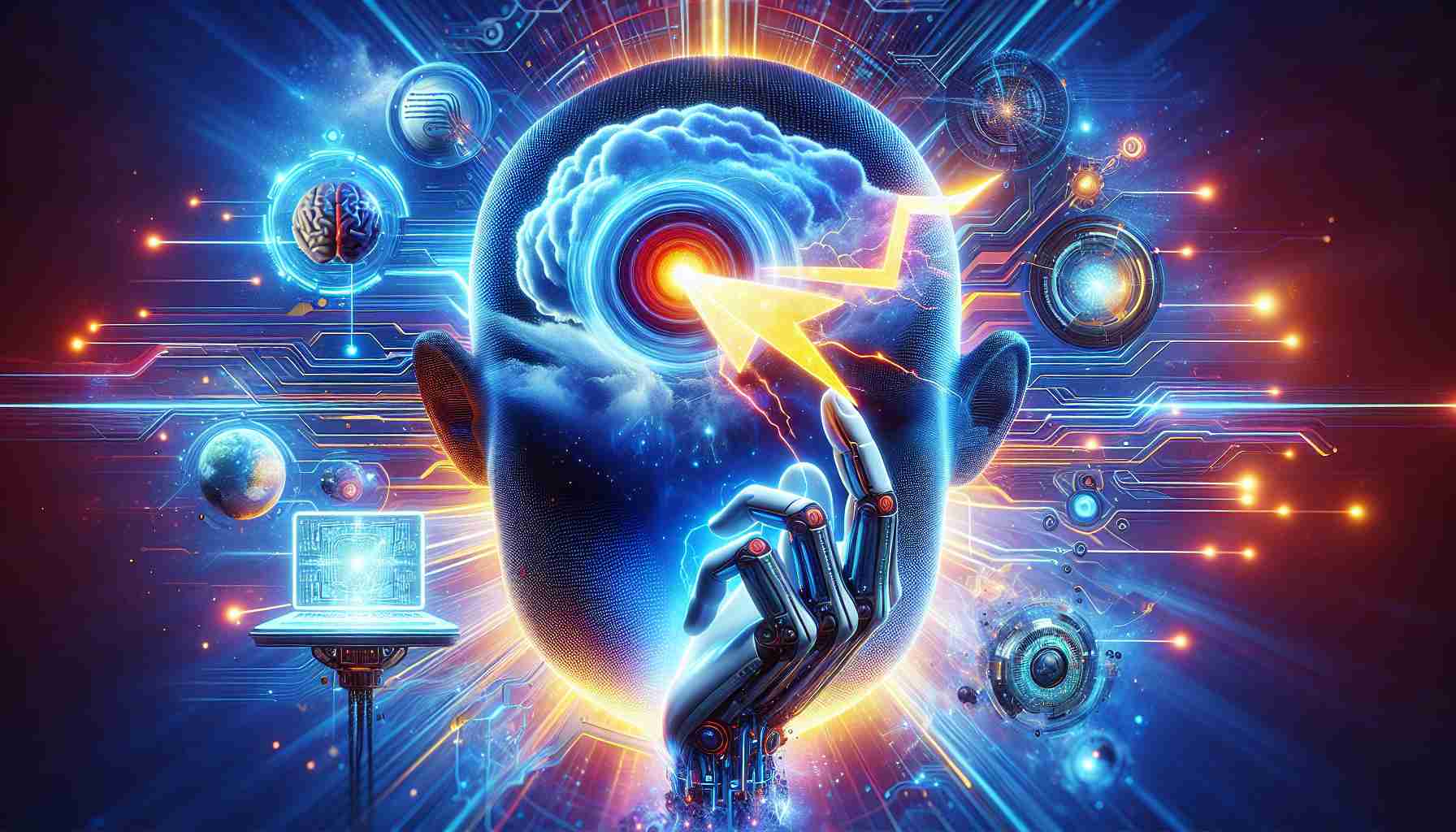Introduction
The world is on the brink of a technological revolution, particularly in smart city developments. These innovations promise remarkable efficiency in energy usage and traffic management, making urban living more sustainable and interconnected.
Generative AI: Redefining Creativity
Leading the charge is Generative AI, a groundbreaking technology that creates new content—ranging from text to complex simulations—by learning patterns from existing data. Unlike traditional AI systems, this technology showcases creative capabilities, and it is projected to skyrocket, with market growth expected from $137 billion in 2024 to an astounding $1.3 trillion in the next decade. Platforms like Google Bard and OpenAI’s ChatGPT are pivotal in driving this surge, enabling users to generate personalized content and engaging interactions seamlessly.
Agentic AI: The Independent Innovator
Another transformative technology on the horizon is Agentic AI. This advanced form of artificial intelligence acts autonomously to accomplish tasks, adapting to challenges and making decisions without human intervention. The market for this technology is anticipated to reach $30.89 billion in 2024, revolutionizing operations across various sectors by automating complex processes.
IoT: Smart Solutions for Urban Challenges
The Internet of Things (IoT) is also playing a critical role in smart cities, expected to achieve a market value of $312.2 billion by 2026. By utilizing sensors and connected devices, cities can enhance resource management and optimize public transportation systems. The future of urban living is unfolding, paving the way for smarter, more efficient communities.
Impacts on Society and the Global Economy
The rise of smart city technologies, particularly through Generative and Agentic AI, alongside the Internet of Things (IoT), is not merely a technological advancement but a profound shift with significant societal implications. As urban centers leverage these innovations, we can anticipate a pivotal transformation in how communities interact, work, and live. Smart cities promise enhanced quality of life through reduced congestion, improved air quality, and streamlined access to services. This shift could alleviate the mounting pressures on urban infrastructures, particularly as populations continue to swell in metropolitan areas.
In terms of the global economy, the surge of AI and IoT in urban environments signals a potential reallocation of labor and skills. As automation becomes more prevalent, sectors reliant on traditional labor may face disruptions, prompting a demand for re-skilling and education. Furthermore, the economic benefits associated with these technologies, such as increased productivity and cost savings for municipalities, can lead to investment in public services, generating a positive feedback loop in local economies.
On the environmental front, the integration of smart technology stands to significantly reduce carbon footprints. Utilizing sensors for energy-efficient buildings and smart grids could lead to dramatic decreases in resource consumption. These advancements are crucial amid global climate challenges, suggesting that the future of urban development may also hinge on sustainable practices and carbon neutrality.
As we peer into the future, the trajectory of smart cities implies long-term shifts in urban landscapes, economic responsibilities, and environmental stewardship. The landscape of urban living will evolve, demanding adaptive strategies from governments, businesses, and citizens alike.
Unlocking the Future: How Smart Technologies are Transforming Urban Living
Introduction
As cities around the globe evolve into smart ecosystems, technological innovations are spearheading this transition. The integration of advanced technologies promises not only enhanced efficiency in energy usage and traffic management but also a more sustainable and interconnected way of life for urban dwellers.
Generative AI: Redefining Creativity
Generative AI is at the forefront of this technological revolution. By learning intricate patterns from existing data, this innovative technology is capable of producing a wide array of content, from written articles to detailed simulations. The projected market growth for Generative AI is staggering; it is expected to surge from $137 billion in 2024 to an astounding $1.3 trillion by 2034. Key players like Google Bard and OpenAI’s ChatGPT are essential in promoting this development, allowing for personalized content creation and offering engaging user interactions.
Features of Generative AI
– Content Creation: Generate written, visual, and auditory content.
– Training Methods: Uses machine learning to recognize and mimic patterns.
– User Interaction: Provides personalized and dynamic user experiences.
Use Cases
– Marketing: Tailored advertisements and customer engagement.
– Education: Customized learning materials and simulations.
– Entertainment: Interactive storytelling and game design.
Agentic AI: The Independent Innovator
In the realm of autonomous systems, Agentic AI stands out as a pivotal innovation. Designed to operate independently, it can make decisions and adapt to various challenges without direct human input. This technology is forecasted to reach a valuation of $30.89 billion by 2024, influencing numerous sectors by automating complex tasks, thus increasing operational efficiency.
Pros and Cons of Agentic AI
Pros:
– Increased Efficiency: Streamlines workflows by managing tasks autonomously.
– Decision-Making: Enhances speed and accuracy in decision-making processes.
Cons:
– Dependence on Technology: Potential loss of jobs in certain sectors.
– Ethical Concerns: Questions around governance and accountability.
IoT: Smart Solutions for Urban Challenges
The Internet of Things (IoT) is another cornerstone of smart city development, anticipating a robust market value of $312.2 billion by 2026. This technology leverages interconnected sensors and devices to enhance resource management and streamline public transportation systems.
Innovations in IoT for Smart Cities
– Sustainable Energy Management: Smart grids optimizing energy consumption.
– Traffic Management: Real-time monitoring systems to reduce congestion.
– Public Safety: Smart surveillance and emergency response systems.
Limitations of IoT
– Security Vulnerabilities: Increased risk of cyberattacks on interconnected systems.
– Data Privacy: Concerns surrounding the collection and usage of personal data.
Market Trends and Insights
The burgeoning realm of smart cities is characterized by significant trends, including the growing integration of AI and IoT solutions, which are facilitating more responsive urban environments. Additionally, there is a rising demand for sustainable practices and technologies that contribute to the circular economy. This eco-friendly approach ensures that urban growth does not come at the cost of the environment.
Predictions
As the smart city movement gains momentum, we can anticipate innovations in infrastructure, transportation, and utilities that will yield long-term benefits. This evolution will create cities that are not only more efficient but also greener and more livable for future generations.
For more insights into the latest trends in technology, visit Forbes.






